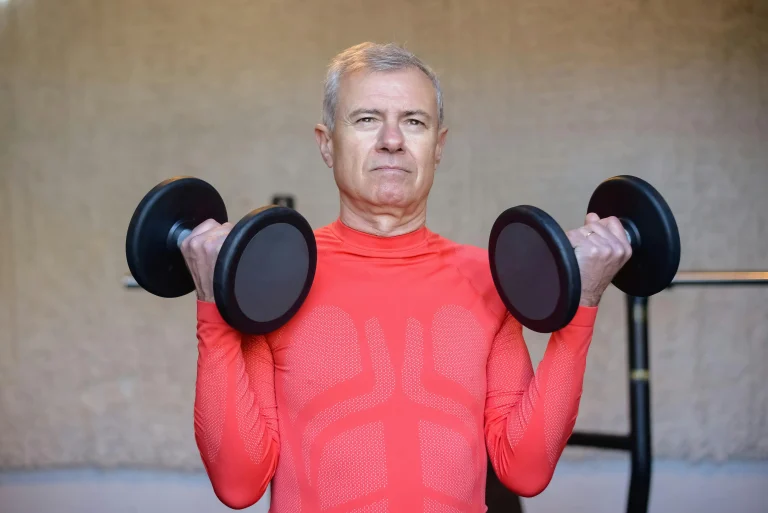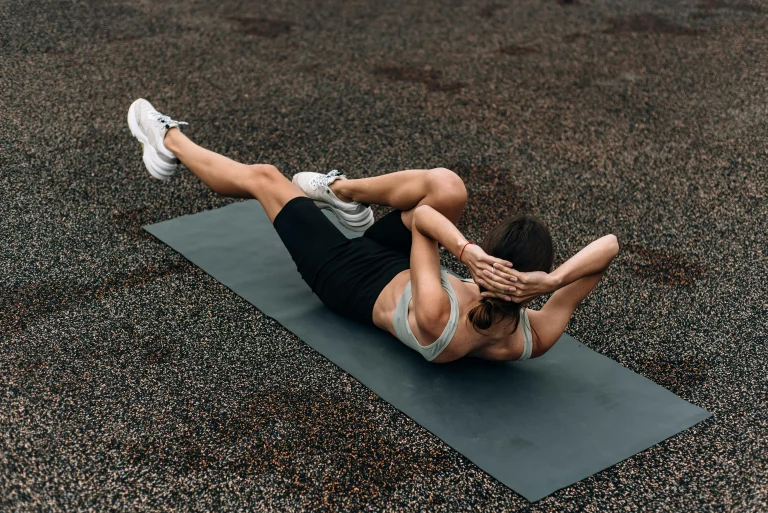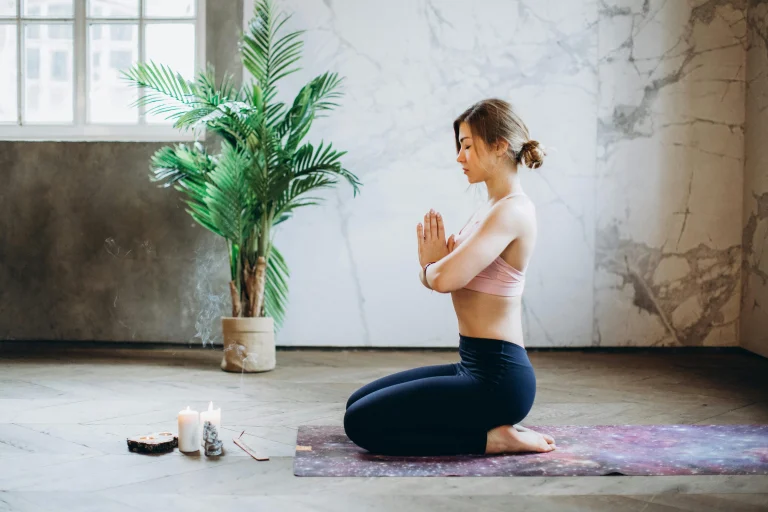Yoga isn’t just about flexibility or relaxation it can be a powerful tool for building strength. When practiced with intention, yoga challenges muscles through controlled movement, sustained holds, and bodyweight resistance. It’s low-impact, accessible, and adaptable to different fitness levels, making it a smart choice for anyone looking to build muscle safely and sustainably.
This guide explores how yoga supports strength development, which poses to focus on, and how to structure your practice for results.
How Yoga Builds Strength Differently
Unlike traditional strength training, yoga uses isometric holds, dynamic transitions, and full body engagement to activate muscles. Instead of isolating one area, poses often recruit multiple muscle groups at once building functional strength that supports everyday movement.
Key benefits include:
- Improved muscle endurance through sustained holds
- Enhanced joint stability from controlled movement
- Core activation in nearly every pose
- Balanced strength across both sides of the body
- Reduced injury risk through mobility and alignment
Yoga also encourages mindful movement, which helps improve form and reduce compensation patterns that can lead to strain.Your Weekly Wellness Boost
Foundational Poses That Build Strength
Certain yoga poses are especially effective for developing muscle. These postures challenge the body’s ability to support itself, often requiring strength in the arms, legs, core, and back.
Here are a few to focus on:
| Pose | Target Areas | Why It Works |
|---|---|---|
| Plank Pose | Core, shoulders, arms | Builds stability and endurance through full-body hold |
| Chair Pose (Utkatasana) | Quads, glutes, core | Strengthens lower body while engaging the core |
| Warrior II (Virabhadrasana II) | Legs, hips, shoulders | Develops leg strength and improves posture |
| Boat Pose (Navasana) | Core, hip flexors | Challenges abdominal muscles and balance |
| Dolphin Pose | Shoulders, arms, upper back | Builds upper body strength with less wrist pressure |
| Locust Pose (Salabhasana) | Back, glutes, hamstrings | Strengthens posterior chain and improves spinal support |
Holding these poses for 30 seconds to a minute, with proper alignment, helps build muscular endurance and control.
Sequencing for Strength: How to Structure Your Practice
To build strength through yoga, consistency and progression are key. A well structured sequence should warm up the body, challenge major muscle groups, and allow time for recovery.
Here’s a sample format:
- Warm-up (5–10 mins): Cat-Cow, Downward Dog, Low Lunges
- Strength Series (15–20 mins): Plank variations, Chair Pose, Warrior series
- Core Focus (5–10 mins): Boat Pose, Forearm Plank, Locust Pose
- Cool-down (5–10 mins): Supine twists, Forward Fold, Savasana
Practicing 2–3 times per week allows muscles to recover while building strength gradually. You can increase intensity by adding repetitions, longer holds, or flowing between poses with control.
Tips for Safe Muscle Building in Yoga
Building strength through yoga is effective but only if done safely. Proper alignment, breath awareness, and gradual progression help prevent strain and support long term results.
Keep these tips in mind:
- Focus on form over depth—engage muscles rather than forcing flexibility
- Use props like blocks or straps to support alignment
- Engage your core in every pose to protect your spine
- Breathe steadily to maintain control and reduce tension
- Rest when needed—muscle recovery is part of the process
If you’re new to yoga or returning after a break, start with beginner-friendly classes or tutorials that emphasise strength-building foundations.
Why Yoga Complements Other Strength Training
Yoga doesn’t replace traditional strength training but it complements it beautifully. While lifting weights builds raw power, yoga enhances mobility, balance, and muscular endurance. Together, they create a well-rounded fitness routine.
Benefits of combining yoga with other training:
- Improved recovery through gentle stretching and breathwork
- Better posture and alignment during lifts or cardio
- Reduced injury risk from increased joint stability
- Enhanced body awareness for more efficient movement
- Mental focus and stress reduction to support overall performance
Whether you’re a runner, lifter, or weekend warrior, integrating yoga into your routine can help you move better, feel stronger, and train smarter.






